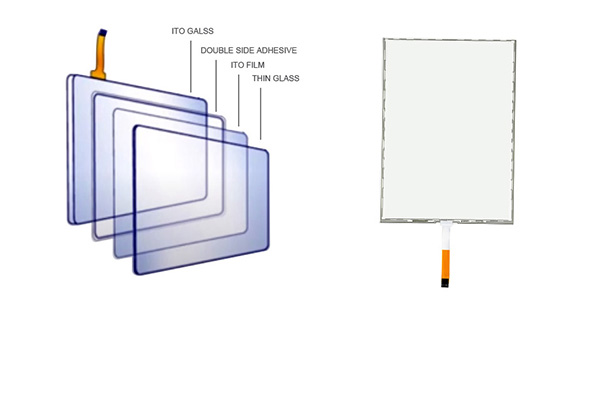What Is The TFT LCD Display with Resistive RTP?
2025-07-22
In the current touch industry, there are two main types of touch screens: capacitive touch and resistive touch. Today we will learn about resistive CTP touch related content.
Resistive Touchscreen LCD is a touch technology display screen that uses pressure sensing for operation, and is one of the earliest and most common touch solutions. It recognizes the touch location by the physical pressure generated by the user pressing the screen with a finger, pen, or other object.
The structure of RTP touch screen mainly includes the following parts:
1. Surface Hard Layer: The surface touched by fingers is a hard coating used to protect the underlying PET layer.
2. PET layer: It is very thin and elastic, and when the surface is touched, it will bend downwards, allowing the two layers of ITO coating below to contact each other and connect the circuit at that point.
3. ITO ceramic layer: There are some isolation points about one thousandth of an inch thick between the two IT0 layers to separate them.
Glass bottom layer: The bottom layer is a transparent hard bottom layer used to support the structure above, usually also made of plastic.

The biggest advantage of a resistive touch panel is its touch experience and clarity. It can only be used for single touch and cannot be used for gestures or multi touch. If two or more fingers are used to touch it, it may result in accidental touch. The transparency of resistive touch panels is relatively low. Optical binding cannot be used for RTP.
The surface of the resistive touch panel is soft and easily scratched. There are also some potential drawbacks associated with resistive touch screens Compared to capacitive CTP touch screens, resistive touch screens are not as sensitive. They still have responsiveness, but you must click or press the interface with greater force for the resistive touch screen to recognize your input. The display resolution of resistive touch screens is usually lower than that of capacitive CTP touch screens.




